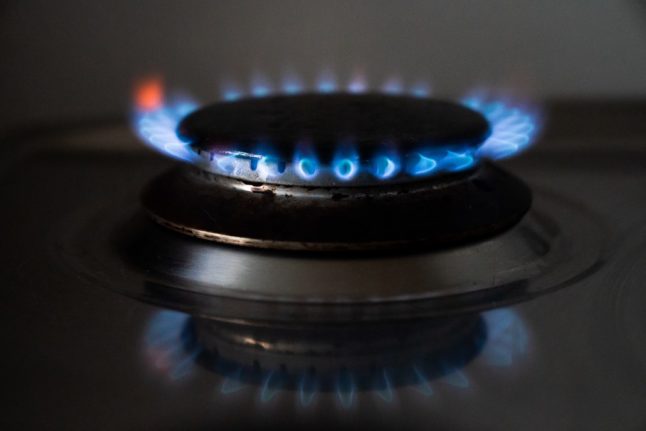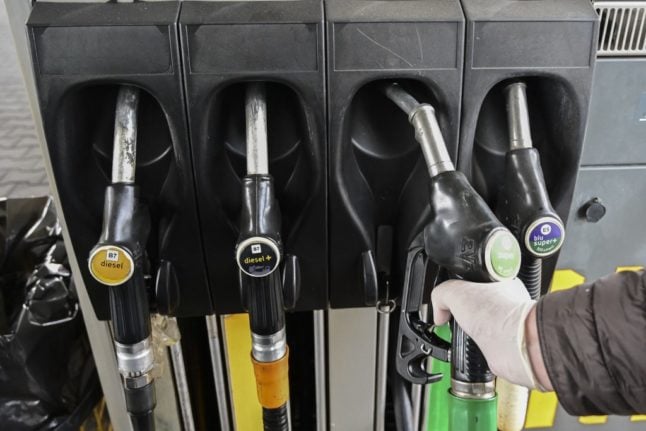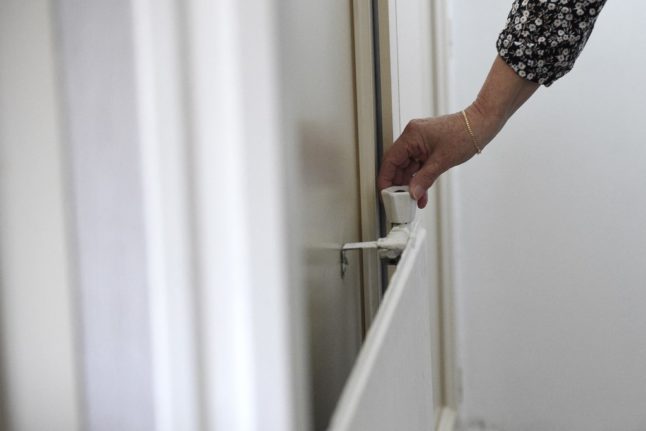Much like the rest of Europe, Italy has been hit by record energy prices over the past few months and, while gas bills registered an average 12.9-percent decrease in October, gas and electricity tariffs are likely to rise again in the coming months.
That’s why Italy’s government, led by Giorgia Meloni, is currently putting together a new round of financial aid (or ‘decreto aiuti’) to support struggling families and businesses, with the decree expected to be examined by parliament next week.
READ ALSO: EXPLAINED: How Italy has avoided a huge hike in gas prices – for now
The latest aid package will be the fourth decreto aiuti issued since the start of the energy crisis – Mario Draghi’s cabinet brought in three such measures for a total of €61.2 billion in state aid.
The new aid package is expected to be smaller in size than its predecessors as Italy continues to walk a tightrope between the need to mitigate the effects of soaring energy prices and budget issues – the country already carries a mammoth debt of over €2.7 trillion, the second-highest in the eurozone.
As a result, the government is expected to “allocate a figure between seven and 10 billion euros” to the new round of financial help, Italy’s Deputy PM Antonio Tajani said on Friday.

Here are the most relevant measures we can expect to see in the new package.
Subsidies for low-income families
At the moment, Italian households with an ISEE (Equivalent Financial Position Indicator) of up to €12,000 – or up to €20,000 in the case of families with four or more members – can benefit from discounts on their gas and electricity bills as part of the ‘bonus gas e luce’.
The size of the discounts, which are applied directly to households’ bills, varies based on the geographic location, type of energy contract and family size of the person making the claim.
READ ALSO: Italy’s energy giant reports huge profit as more price hikes expected
Besides extending the bonus to the end of the current year, the new aid package is also expected to streamline the claiming process by removing the onus for claimants to submit their ISEE certificate.
For further information on the bonus, you can visit the following website.
Tax credit for businesses
Businesses across the country can currently apply to receive tax credit (credito d’imposta) equal to as much as 40 percent of their energy-related expenses.
First introduced under Draghi’s government, the above measure is meant to expire on November 30th.
However, the new decreto aiuti should extend the incentive to the end of the year.
READ ALSO: EXPLAINED: How much are energy prices rising in Italy this autumn?
The criteria regulating who can claim the bonus and how much they can claim are available here.
Details on how to claim the bonus can be found here.
Fuel duties
The existing discounts on fuel duties – 30.5 cents on every litre of petrol or diesel and around 10.4 cents for methane – are supposed to expire on November 18th.

But, despite a recent decrease in fuel prices across the country, Meloni’s government seems intent on prolonging the measure by an additional month.
So far, around €8 billion have been allocated to cutting fuel prices in Italy.
€150 bonus
In closing, the new government is also considering the idea of offering a second one-time €150 bonus for all residents with an ISEE of up to €20,000 a year – the first round of bonuses had been offered by Draghi’s cabinet as part of the third decreto aiuti back in October.
That said, the latest media reports available suggest that Meloni’s cabinet might have to scrap the bonus altogether due to lack of funds, with the cost of the measure estimated to be around €3.2 billion.



 Please whitelist us to continue reading.
Please whitelist us to continue reading.
Member comments